Home>Maintenance & Safety>Child & Elderly Safety at Home>How Old For Booster Seat In New Jersey?
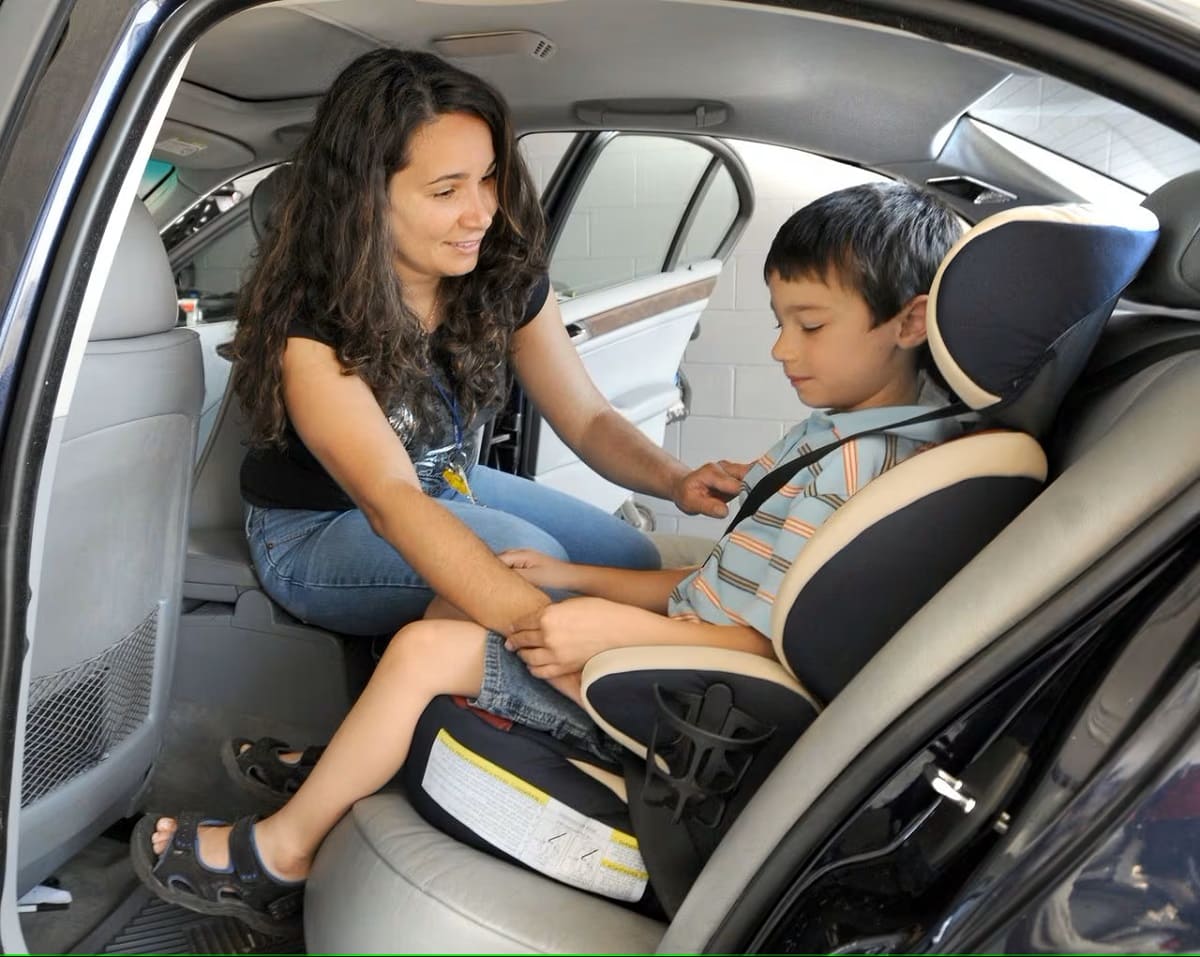

Child & Elderly Safety at Home
How Old For Booster Seat In New Jersey?
Modified: March 2, 2024
Learn about the age requirements for booster seats in New Jersey to ensure child and elderly safety at home. Understand the regulations and keep your loved ones safe.
(Many of the links in this article redirect to a specific reviewed product. Your purchase of these products through affiliate links helps to generate commission for Storables.com, at no extra cost. Learn more)
Introduction
Ensuring the safety of children and the elderly within the home environment is a top priority for families. In New Jersey, specific laws and guidelines are in place to safeguard the well-being of young passengers while traveling in vehicles. Understanding the regulations regarding booster seat usage is crucial for parents, caregivers, and anyone responsible for transporting children. This comprehensive guide will delve into the age and height requirements for booster seat usage in New Jersey, the different types of booster seats available, proper installation and use, as well as the potential consequences of non-compliance with these laws. By the end of this article, readers will have a thorough understanding of the importance of adhering to booster seat regulations and the measures necessary to ensure the safety of young passengers on New Jersey roads.
Key Takeaways:
- Children under 8 years old and 57 inches tall in New Jersey must use a booster seat in the car. It’s like a special seat that keeps them safe with the seat belt.
- If adults don’t follow the booster seat rules, they can get in trouble and kids might get hurt in a car crash. So, it’s super important to use the right seat for kids’ safety.
Read more: How Old For Booster Seat In Illinois
New Jersey Booster Seat Laws
In New Jersey, booster seat laws are in place to protect young passengers while traveling in motor vehicles. These laws are designed to ensure that children are adequately secured and protected in the event of a collision or sudden stop. Understanding and complying with these regulations is essential for parents, caregivers, and anyone responsible for transporting children.
New Jersey law mandates the use of a child safety seat or a booster seat for children who are under the age of eight and a height of 57 inches or less. This requirement is based on the understanding that children of this age and size are not yet adequately protected by adult seat belts alone. The use of booster seats is crucial to ensure that the vehicle's seat belt fits the child properly, providing the necessary restraint and protection in the event of a crash.
It's important to note that New Jersey's booster seat laws are not only in place to protect children but also to hold adults accountable for ensuring the safety of young passengers. Failure to comply with these laws can result in penalties and fines, emphasizing the seriousness of adhering to booster seat regulations.
By familiarizing themselves with New Jersey's booster seat laws, caregivers and parents can take proactive measures to safeguard the well-being of young passengers while traveling in vehicles. This includes investing in appropriate booster seats and ensuring that they are correctly installed and used in accordance with the law.
Understanding the specific requirements outlined in New Jersey's booster seat laws is crucial for anyone responsible for transporting children. By adhering to these regulations, caregivers and parents can contribute to creating a safer environment for young passengers on New Jersey roads.
Age and Height Requirements
In New Jersey, the age and height requirements for booster seat usage are established to ensure the safety of young passengers while traveling in motor vehicles. According to New Jersey law, children under the age of eight and with a height of 57 inches or less are mandated to use a child safety seat or a booster seat. This regulation is based on the understanding that children within this age and size range are not adequately protected by adult seat belts alone.
The age requirement of eight years old is significant as it acknowledges that children of this age may not have developed the physical attributes necessary to be adequately protected by standard seat belts. Additionally, the height restriction of 57 inches or less is crucial, as it ensures that children who have not yet reached the height at which adult seat belts provide proper protection are secured in booster seats.
These requirements are rooted in the understanding that the proper fit of a seat belt is essential for ensuring a child's safety in the event of a collision or sudden stop. Booster seats are designed to position the vehicle's seat belt correctly on a child's body, ensuring that it provides the necessary restraint and protection. By adhering to these age and height requirements, caregivers and parents can take proactive measures to safeguard the well-being of young passengers while traveling in vehicles.
Understanding the age and height requirements for booster seat usage is crucial for anyone responsible for transporting children. By complying with these regulations, caregivers and parents contribute to creating a safer environment for young passengers on New Jersey roads. It is essential to prioritize the safety of young passengers by investing in appropriate booster seats and ensuring that they are correctly installed and used in accordance with the law.
By familiarizing themselves with these age and height requirements, caregivers and parents can play a pivotal role in promoting the safety and well-being of young passengers. This proactive approach not only aligns with New Jersey's booster seat laws but also reflects a commitment to prioritizing the safety of children while traveling in motor vehicles.
Types of Booster Seats
When it comes to ensuring the safety of young passengers in vehicles, the selection of an appropriate booster seat is paramount. Booster seats are specifically designed to provide the necessary support and restraint for children who have outgrown their forward-facing child safety seats but are not yet ready for adult seat belts alone. In New Jersey, understanding the different types of booster seats available is essential for caregivers and parents seeking to prioritize the safety of young passengers.
High-Back Booster Seats
High-back booster seats feature a backrest that provides support for a child's back and neck. These seats are designed to offer a high level of protection, especially in vehicles that lack adequate headrests. The presence of a high back ensures that the child is safeguarded in the event of a side-impact collision, providing comprehensive protection for the head, neck, and torso. Additionally, high-back booster seats often come with adjustable headrests and side-impact protection features, further enhancing the safety they provide.
Backless Booster Seats
Backless booster seats, as the name suggests, do not have a backrest. Instead, they elevate the child to the appropriate height, allowing the vehicle's seat belt to fit properly. While backless booster seats may lack the additional support provided by high-back models, they are often preferred for their portability and ease of use. These seats are particularly suitable for vehicles with adequate headrests and proper head and side-impact protection.
Combination Booster Seats
Combination booster seats offer versatility by transitioning from a forward-facing child safety seat to a high-back booster seat and, in some cases, to a backless booster seat. This adaptability allows caregivers to use the same seat as the child grows, providing long-term value and convenience. Combination booster seats often feature adjustable harness systems and can accommodate children at various stages of development, making them a practical choice for many families.
All-in-One Booster Seats
All-in-one booster seats are designed to accommodate children at different stages, from infancy to the booster seat phase. These seats can be adjusted and converted to serve as rear-facing, forward-facing, and booster seats, offering a comprehensive solution for parents seeking a single seat to cater to their child's evolving needs. All-in-one booster seats are known for their longevity and adaptability, providing a cost-effective and space-saving option for caregivers.
Understanding the different types of booster seats available empowers caregivers and parents to make informed decisions regarding the safety of young passengers in vehicles. By selecting the most suitable booster seat for their child's age, height, and developmental stage, caregivers can contribute to creating a secure and protected environment for young passengers on New Jersey roads. It is essential to prioritize the safety of young passengers by investing in an appropriate booster seat and ensuring that it is correctly installed and used in accordance with the law.
Proper Installation and Use
Proper installation and use of booster seats are paramount in ensuring the safety of young passengers while traveling in vehicles. Caregivers and parents must adhere to specific guidelines to guarantee that booster seats are effectively installed and utilized to provide the necessary support and protection for children. The following steps are essential for the proper installation and use of booster seats:
-
Read the Manual: Before installing a booster seat, caregivers should thoroughly read the manufacturer's manual. This step is crucial as it provides detailed instructions specific to the particular model of the booster seat, ensuring that it is installed correctly.
-
Positioning: The booster seat should be placed in the back seat of the vehicle, as this is the safest location for young passengers. It is important to secure the booster seat using the vehicle's seat belt or LATCH system, following the manufacturer's guidelines for proper positioning and alignment.
-
Secure Fit: Caregivers must ensure that the booster seat provides a secure fit for the child. This includes adjusting the seat to the appropriate height and ensuring that the vehicle's seat belt rests snugly across the child's chest, shoulder, and hips, without any twists or slack.
-
Harness Adjustment: For booster seats with harness systems, caregivers should adjust the harness to fit the child snugly, with the chest clip positioned at armpit level. Proper harness adjustment is essential for providing the necessary restraint and protection in the event of a collision.
-
Regular Inspections: It is imperative to regularly inspect the booster seat to ensure that it remains securely installed and that the child is properly positioned and restrained. Caregivers should routinely check for any signs of wear and tear and promptly address any issues that may compromise the seat's effectiveness.
-
Follow Manufacturer's Guidelines: Caregivers must strictly adhere to the manufacturer's guidelines regarding the weight and height limits for the booster seat. It is crucial to transition to a different type of seat once the child outgrows the specified limits, ensuring continued safety and protection.
By following these essential steps for proper installation and use, caregivers and parents can uphold the safety of young passengers while traveling in vehicles. Prioritizing the correct installation and utilization of booster seats is instrumental in creating a secure and protected environment for children on New Jersey roads. It is imperative to recognize that the proper installation and use of booster seats are not only legal requirements but also fundamental measures in safeguarding the well-being of young passengers.
Read more: What Kind Of Booster Seat For A 6-Year-Old
Consequences of Non-Compliance
Failure to comply with New Jersey's booster seat laws can have significant consequences, impacting both the safety of young passengers and the individuals responsible for their transportation. It is essential for caregivers, parents, and anyone transporting children to understand the potential repercussions of non-compliance with these regulations.
One of the primary consequences of non-compliance is the increased risk of injury to young passengers in the event of a collision or sudden stop. Without the proper restraint provided by a booster seat, children may be more susceptible to injuries, including whiplash, head trauma, and internal injuries. The use of booster seats is specifically designed to mitigate these risks, and failure to adhere to the law places young passengers in avoidable danger.
In addition to the heightened risk of injury, non-compliance with booster seat laws in New Jersey can result in legal penalties and fines. Law enforcement agencies are tasked with enforcing these regulations, and individuals found to be in violation may face monetary fines and citations. These penalties serve as a deterrent, emphasizing the seriousness of adhering to booster seat laws and the legal obligations of ensuring the safety of young passengers.
Furthermore, non-compliance with booster seat laws can impact insurance coverage in the event of a collision. Insurance companies may consider the failure to adhere to legal requirements, such as the usage of appropriate booster seats, when assessing liability and coverage. This can have far-reaching financial implications for individuals involved in an accident while transporting unrestrained children.
Beyond the immediate consequences, non-compliance with booster seat laws can also have long-term effects on the safety culture within the community. By disregarding these regulations, individuals set a precedent that undermines the importance of prioritizing the safety of young passengers. This can contribute to a broader disregard for traffic safety laws and diminish the overall commitment to creating a secure environment for children on New Jersey roads.
Understanding the potential consequences of non-compliance underscores the gravity of adhering to booster seat laws in New Jersey. By prioritizing the safety of young passengers and complying with these regulations, caregivers, parents, and anyone responsible for transporting children can contribute to a safer and more protected environment for all road users. It is crucial to recognize that the consequences of non-compliance extend beyond legal penalties, encompassing the well-being of young passengers and the broader safety culture within the community.
Children in New Jersey are required to use a booster seat until they are 8 years old or 57 inches tall. It’s important to follow these guidelines to ensure the safety of your child while traveling in a vehicle.
Conclusion
In conclusion, the safety of children while traveling in vehicles is a paramount concern, and New Jersey's booster seat laws play a crucial role in ensuring their well-being. By understanding and adhering to the age and height requirements for booster seat usage, caregivers and parents can take proactive measures to safeguard young passengers on New Jersey roads. The regulations, which mandate the use of booster seats for children under the age of eight and with a height of 57 inches or less, are rooted in the understanding that children within this age and size range are not adequately protected by adult seat belts alone.
Furthermore, the availability of different types of booster seats, including high-back, backless, combination, and all-in-one models, provides caregivers with options to cater to their child's specific needs. Selecting the most suitable booster seat and ensuring its proper installation and use are fundamental steps in creating a secure and protected environment for young passengers.
The consequences of non-compliance with booster seat laws underscore the gravity of adhering to these regulations. Beyond legal penalties and fines, the potential impact on the safety and well-being of young passengers in the event of a collision emphasizes the importance of prioritizing compliance.
By prioritizing the safety of young passengers and complying with booster seat laws, caregivers, parents, and anyone responsible for transporting children can contribute to a safer and more protected environment for all road users. It is essential to recognize that the consequences of non-compliance extend beyond legal penalties, encompassing the well-being of young passengers and the broader safety culture within the community.
In essence, understanding New Jersey's booster seat laws, selecting the appropriate booster seat, and ensuring its correct installation and use are essential steps in prioritizing the safety of young passengers. By embracing these measures, caregivers and parents play a pivotal role in creating a secure environment for children on New Jersey roads, fostering a culture of safety and protection for all road users.
Frequently Asked Questions about How Old For Booster Seat In New Jersey?
Was this page helpful?
At Storables.com, we guarantee accurate and reliable information. Our content, validated by Expert Board Contributors, is crafted following stringent Editorial Policies. We're committed to providing you with well-researched, expert-backed insights for all your informational needs.
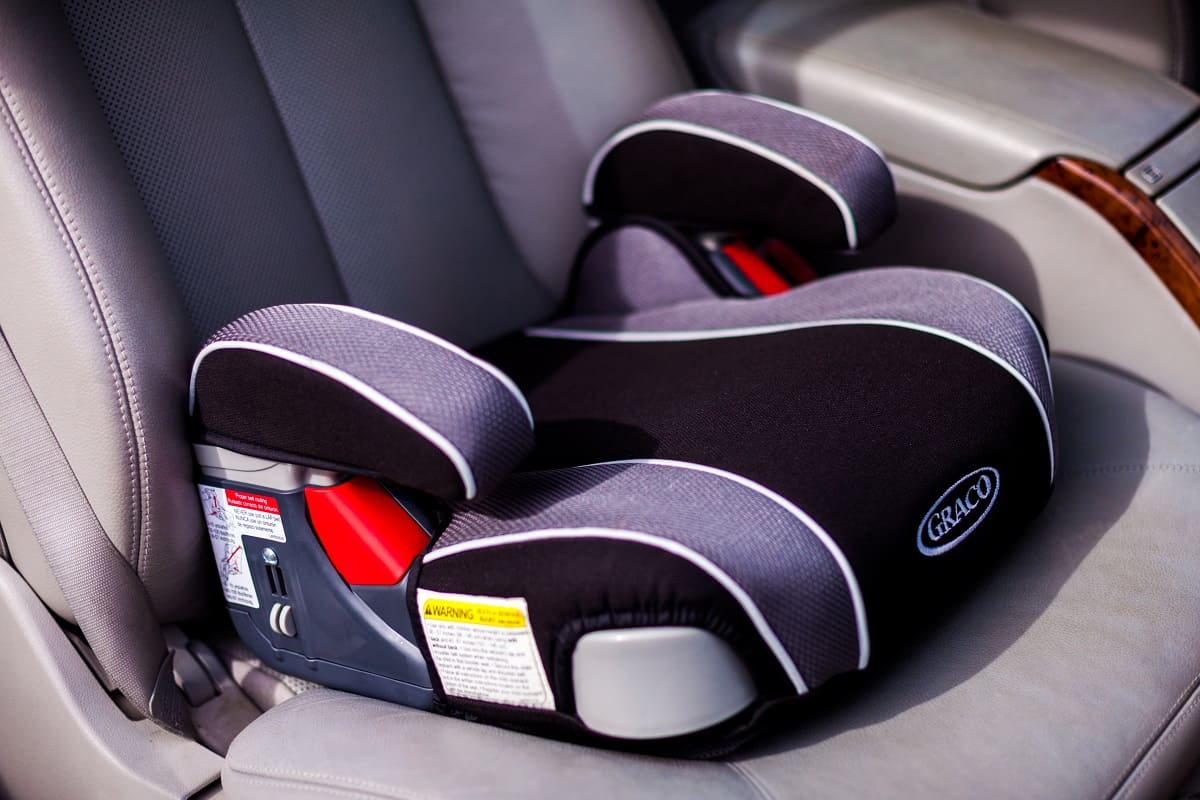
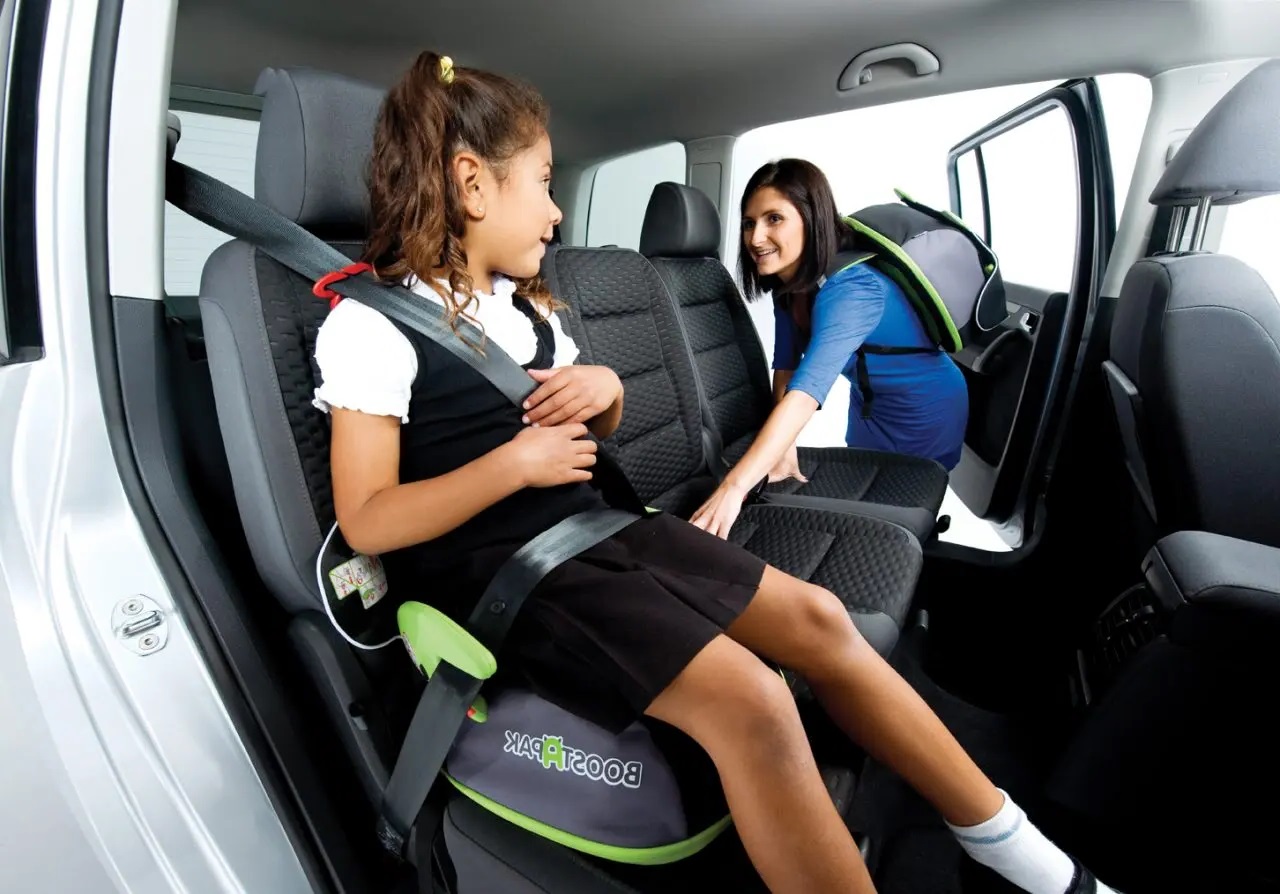
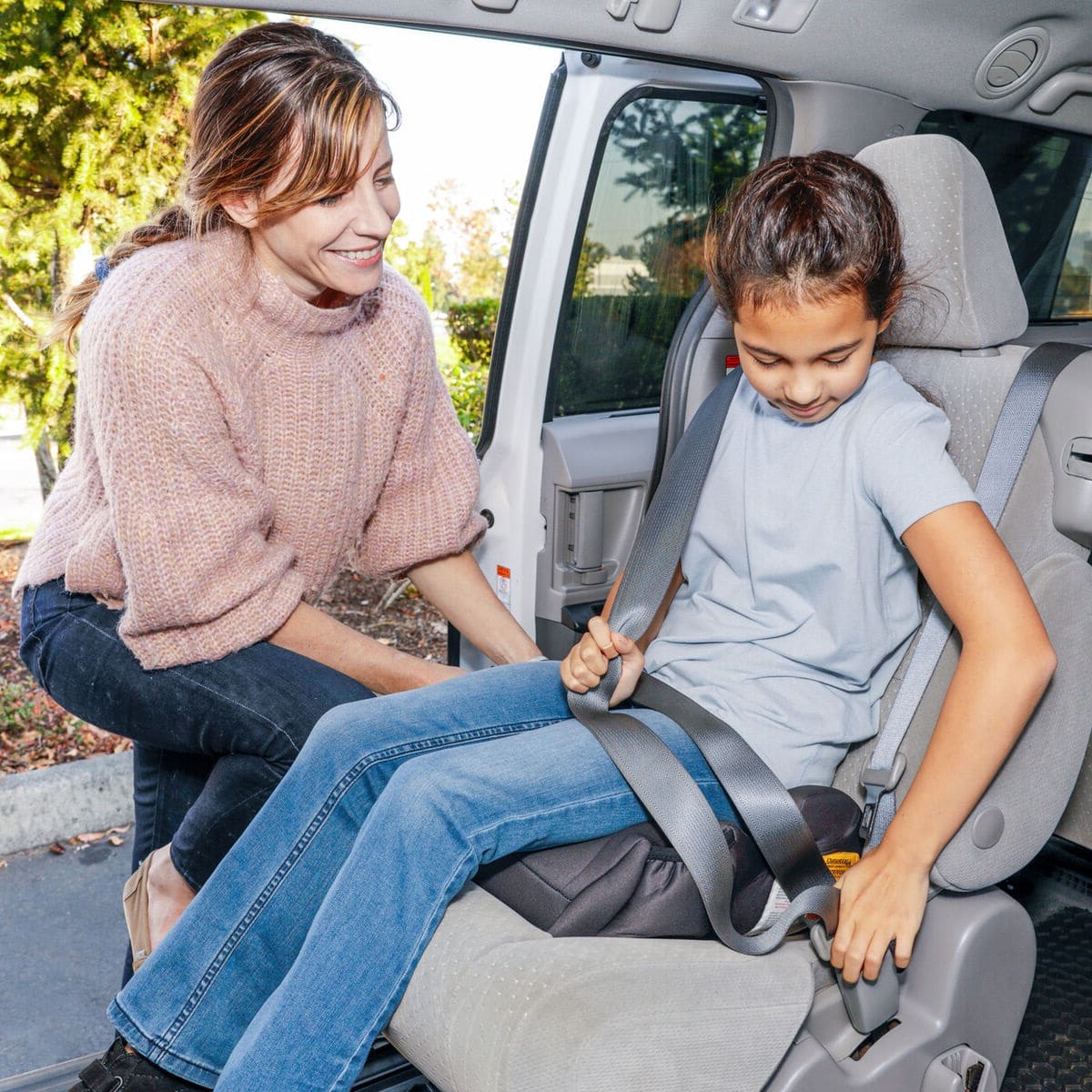
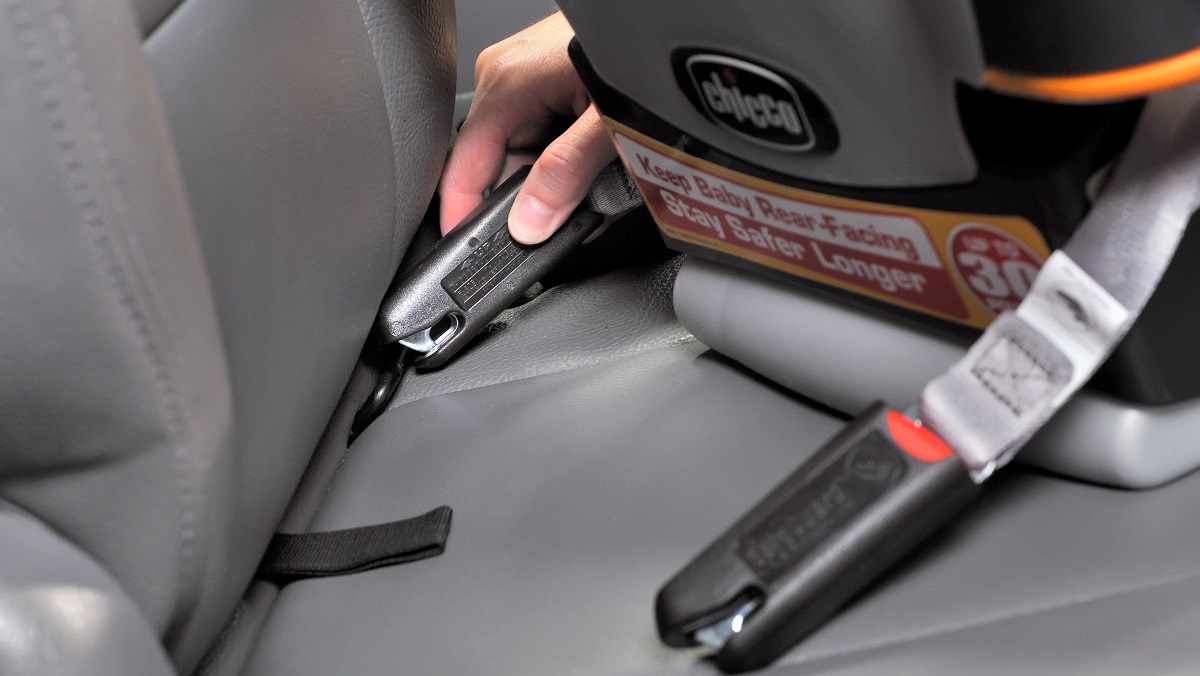
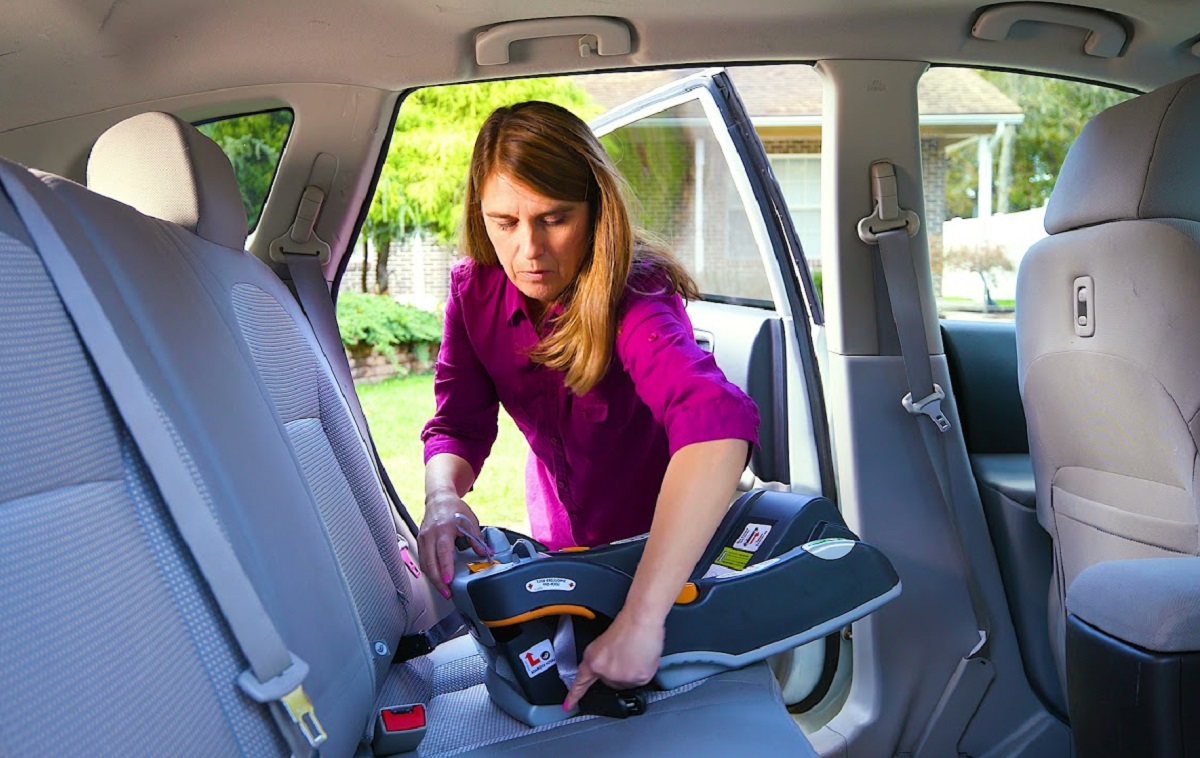
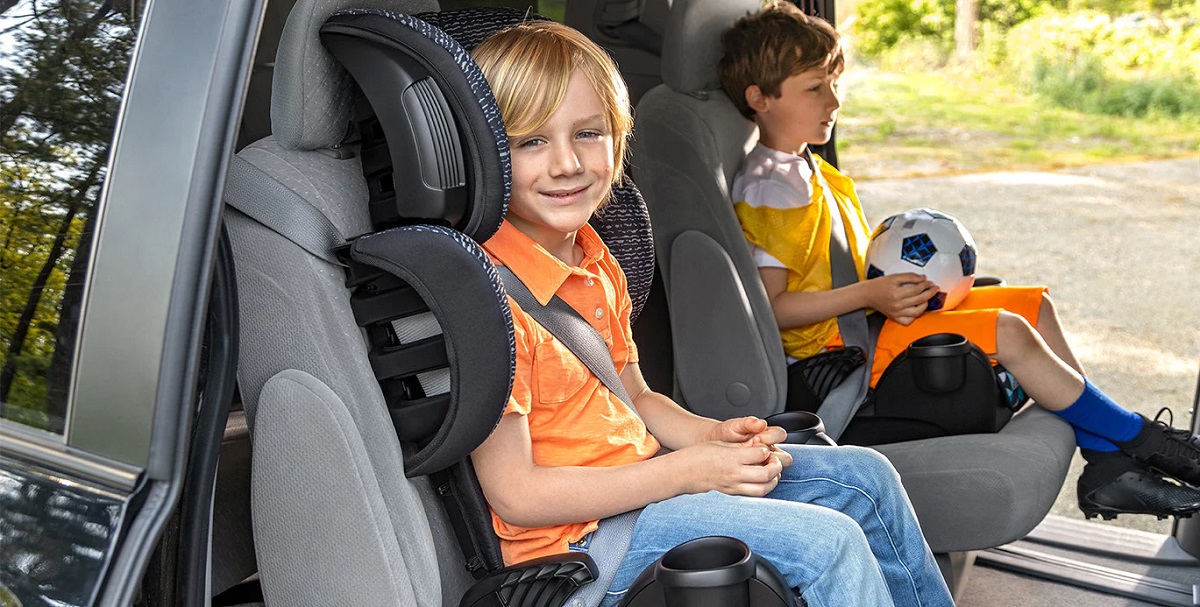
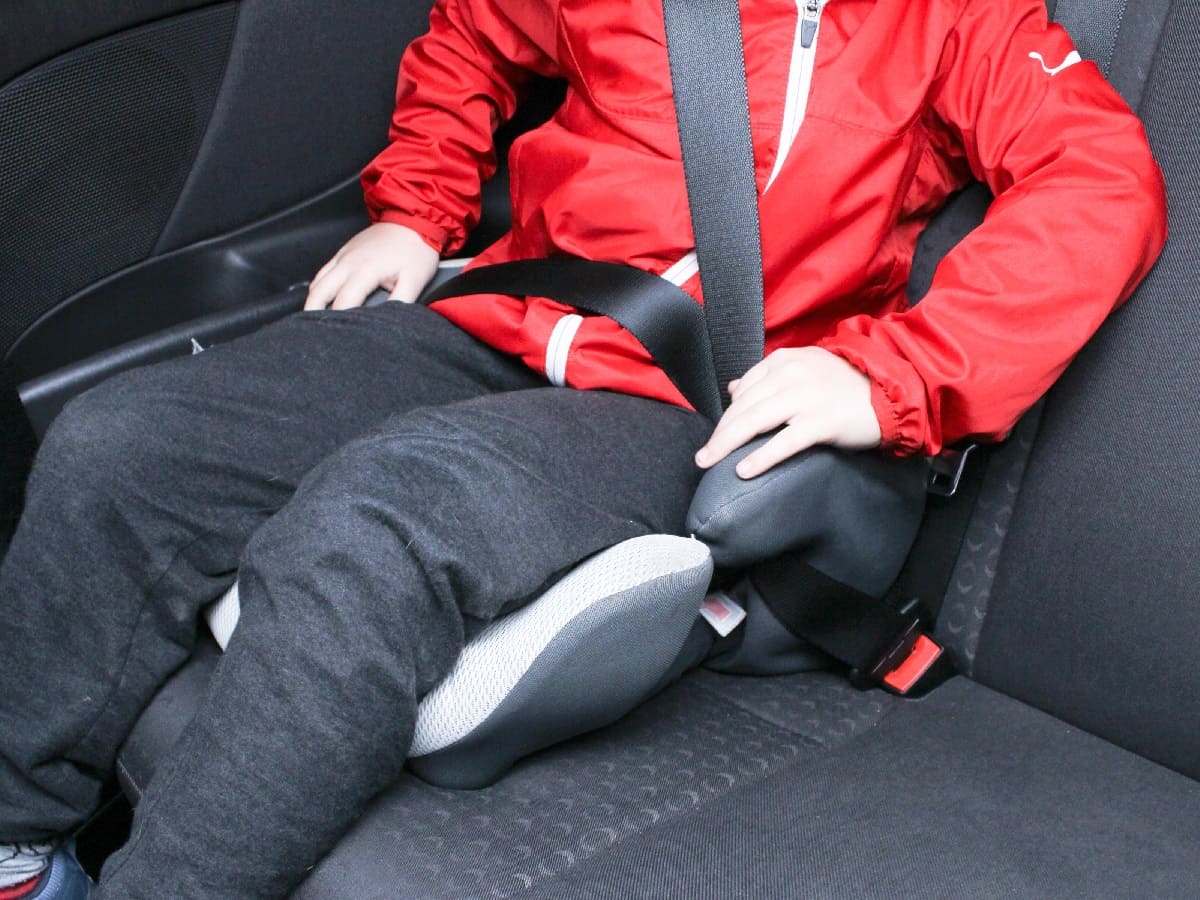
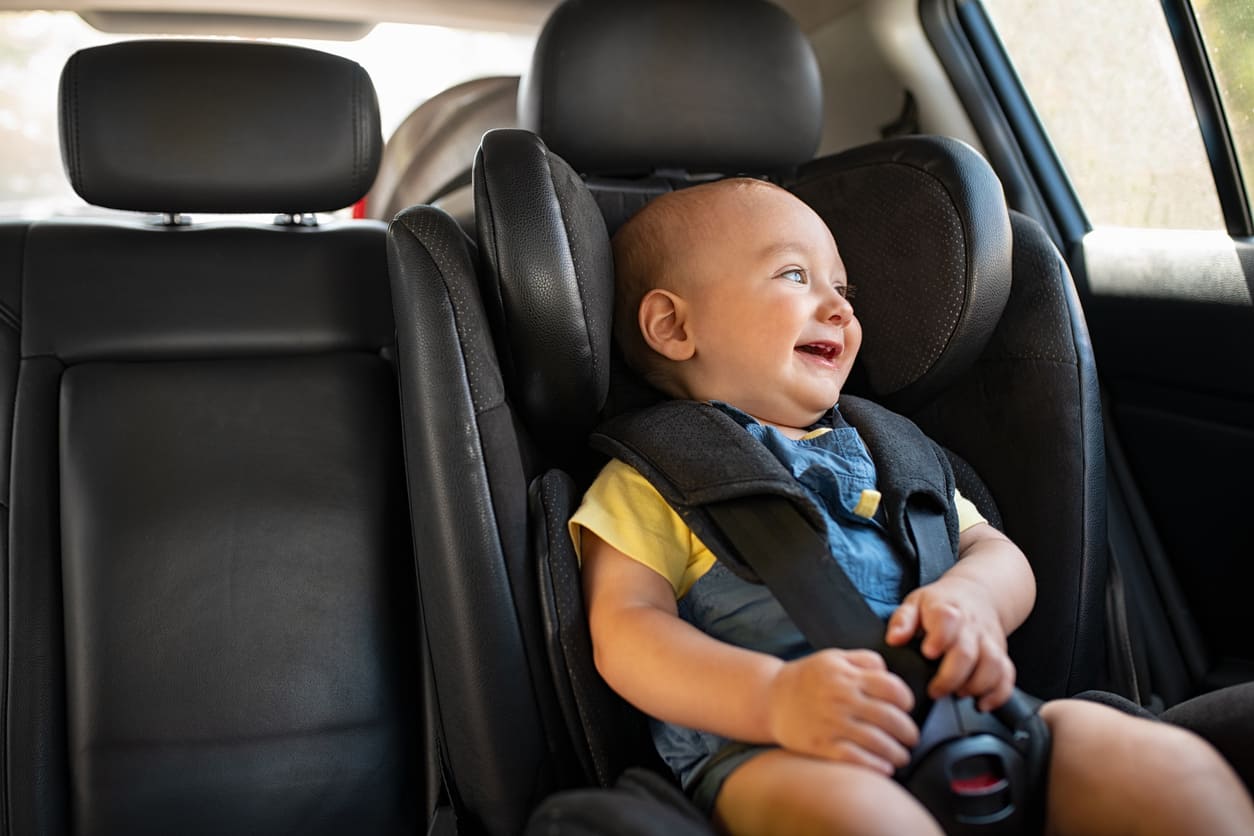
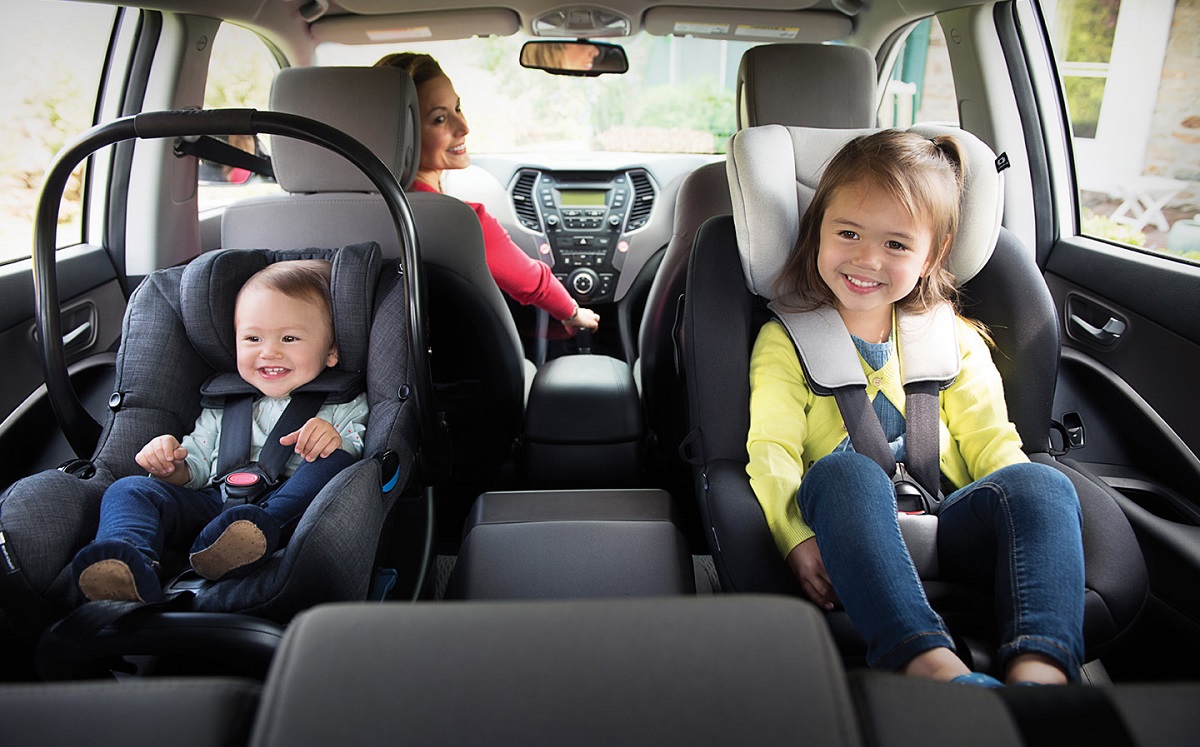
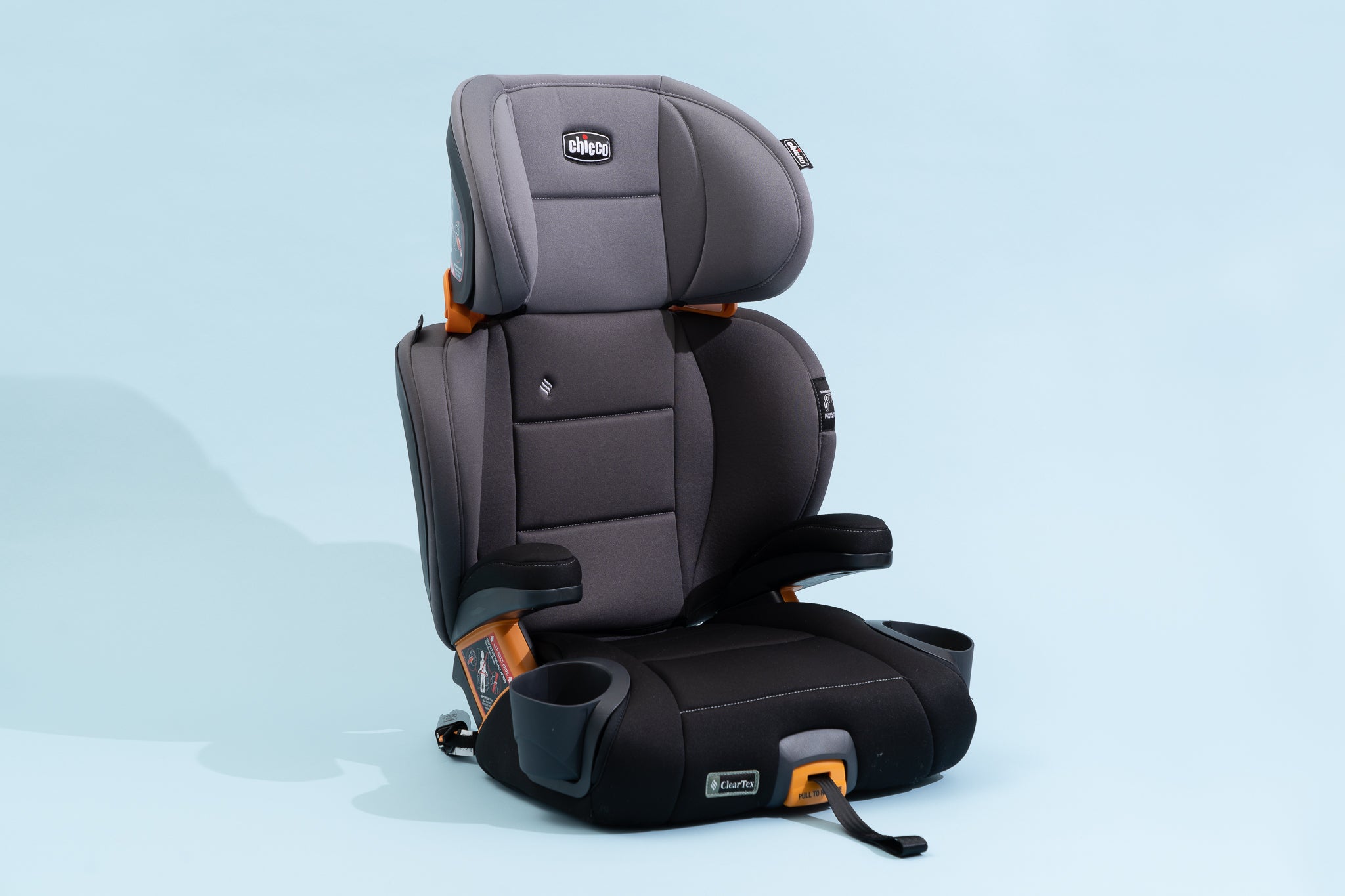
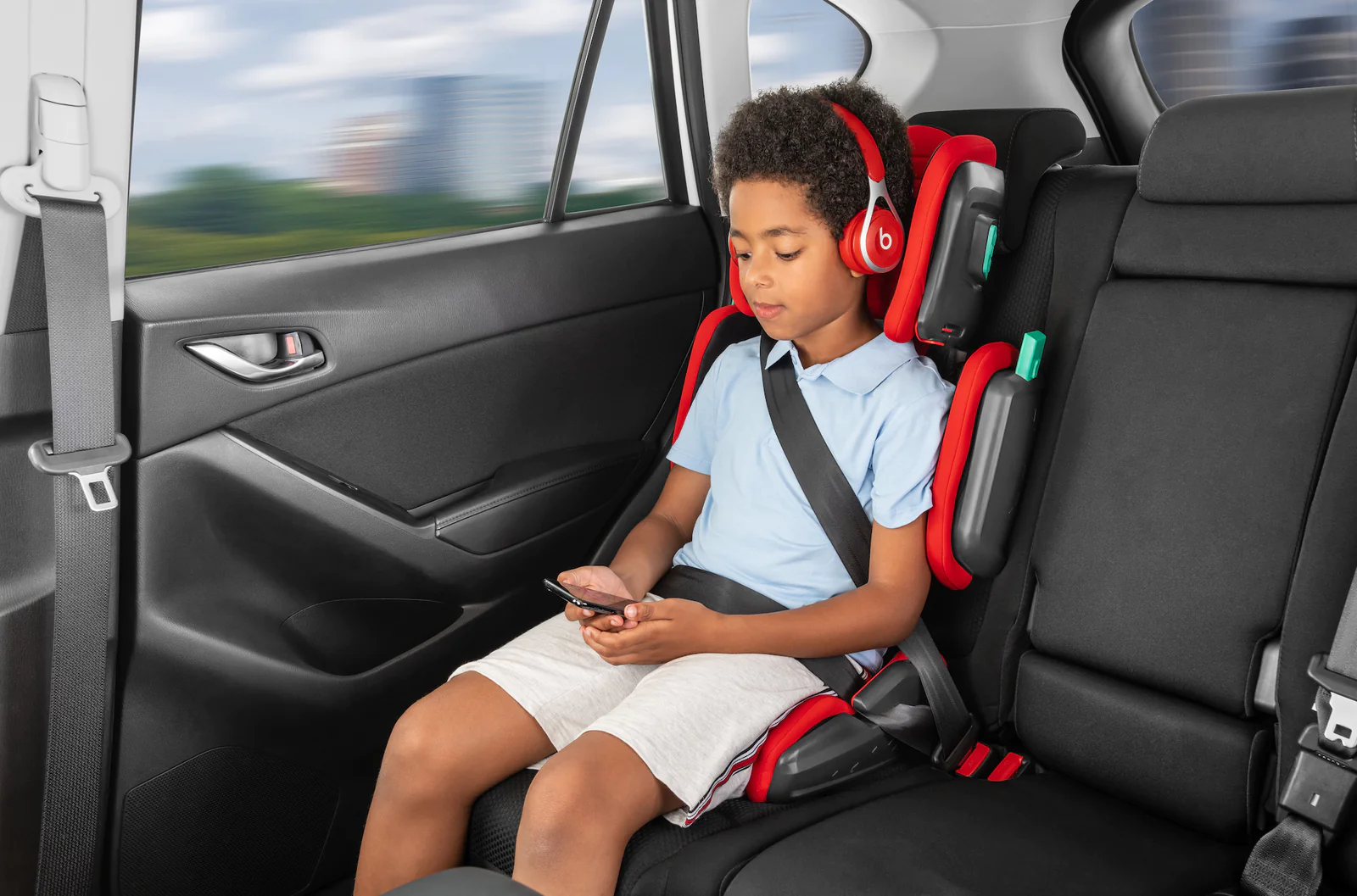
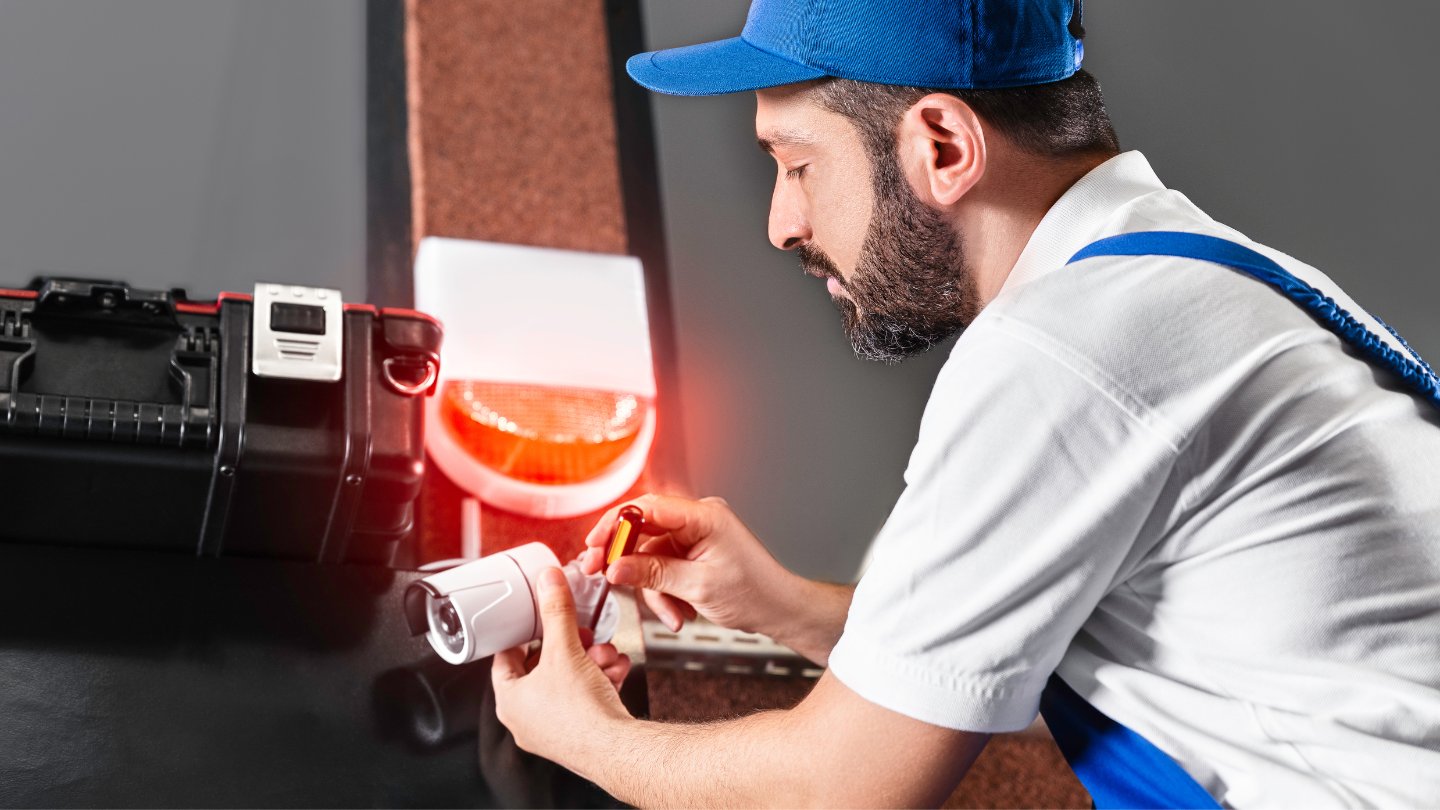
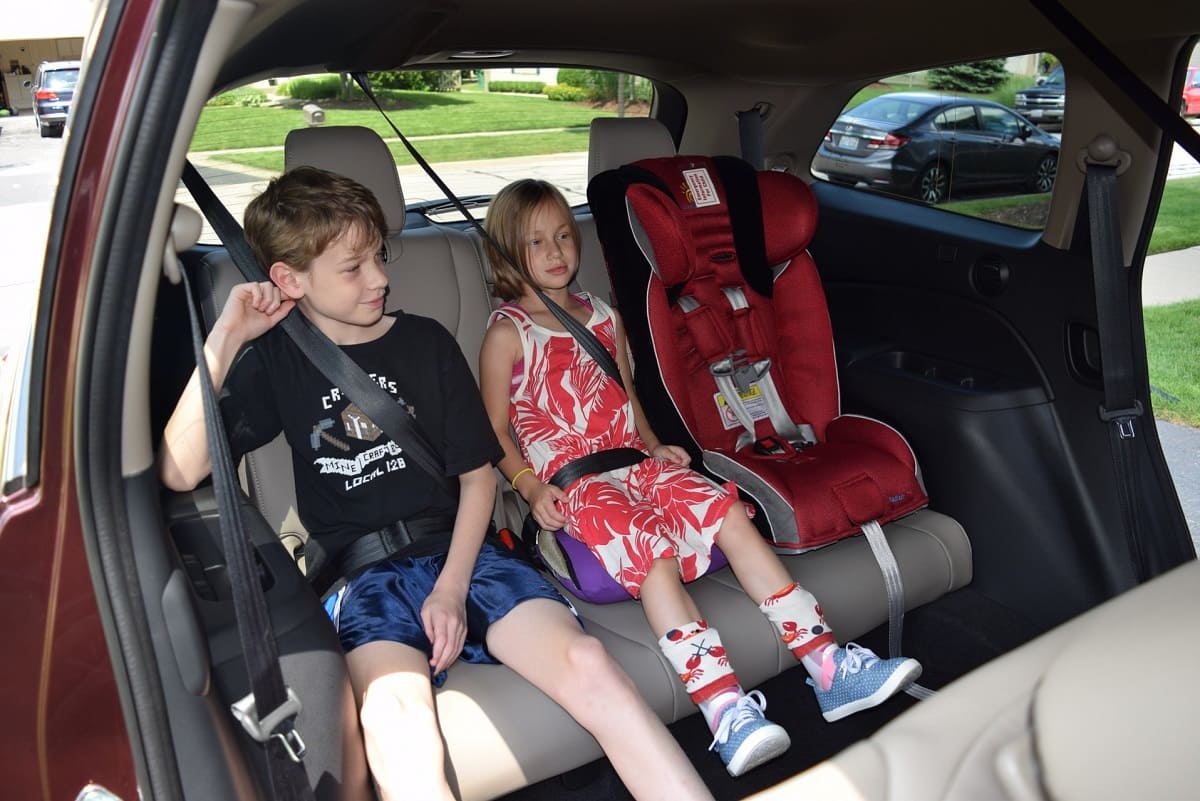

0 thoughts on “How Old For Booster Seat In New Jersey?”